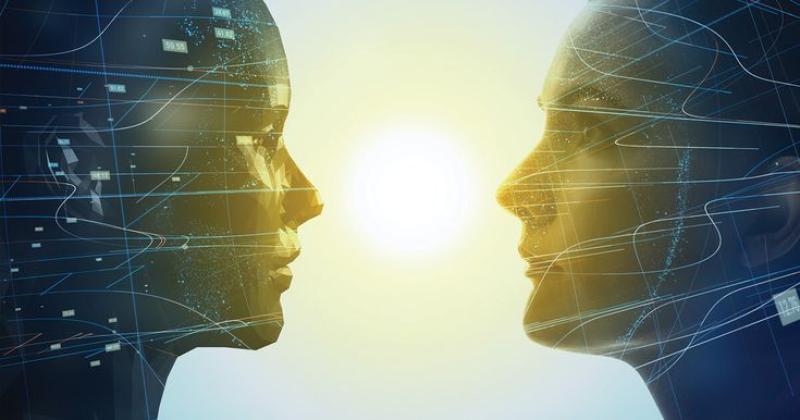Digital Twin Enabling Organizations to Plan for the Future with a Virtual Replica of Physical Assets
What is a Digital Twin?
A digital twin is a digital replica of a physical asset, system or process. It uses collected data and machine learning capabilities to mirror and model a physical object. They allow engineers, data scientists and manufacturers to run simulations and predictions on how a physical thing will perform in the real world. They provide insights to help optimize products, systems and services throughout their lifecycle. It continuously learns and updates itself from multiple data sources synchronizing the physical and virtual worlds.
Data Collection and Analysis
At the core of it is data collection from numerous sensors installed on the physical object. This includes data on performance metrics, operational metrics, environmental conditions and more. All the captured data is fed into the platform for analysis using algorithms, artificial intelligence and machine learning capabilities. The Digital Twin analyzes patterns and correlations in the data to understand how the physical object is functioning. It continuously monitors the asset to detect anomalies, predict failures and optimize operations.
Simulation and Modeling
With data-driven insights, they enables simulations and what-if scenario modeling. Engineers can test different configurations, operational conditions and environmental factors virtually to understand response and performance. This helps identify improvements and refine design parameters before implementing changes on the physical asset. Complex systems and products can be tested for reliability, durability, safety and more through virtual experimentation. They empower organizations to plan for the future by gaining foresight into areas like maintenance needs, downtime prediction and production requirements through simulations.
Asset Lifecycle Management
They play a critical role across the entire asset lifecycle - from design and manufacturing to deployment, operations and maintenance. During product development, they help engineers validate designs, ensure compliance and predict real-world behaviors early. In manufacturing, they optimize processes, minimize waste and ensure quality standards. After deployment, they monitor asset performance, detect anomalies, predict maintenance needs and support remote troubleshooting. As new data comes in, they evolve to adapt to changing conditions of the physical object over time. This continuous learning enables proactive decision making.
Improving Operations and Processes
By mimicking physical systems digitally, organizations gain insights to improve operations and business processes. Digital twins provide visibility into complex operations, uncover inefficiencies and bottlenecks. They help optimize production lines, logistics networks, supply chains and other interconnected systems in real-time. Digital replicas also support collaborative engineering by allowing geographically distributed teams to access the same virtual design environment. This accelerates product development cycles and speeds up innovation.
Enhancing Customer Experience
Digital twins enhance customer experience by allowing remote access and assistance. Customers can interact with virtual simulations of products to understand functionality before purchase. After sales, they power predictive maintenance and remote issue diagnosis reducing downtime. Users gain more control over systems like smart homes, autonomous vehicles through digital interfaces. Manufacturers provide personalized services, track product usage and gain feedback to improve future versions. This ongoing customer engagement improves loyalty, satisfaction and builds trust in brands.
Wider Applications of Technology
They are evolving to support diverse applications beyond industrial machinery and equipment. Some examples include:
- Smart cities - Digital twins of entire urban infrastructures help plan new developments, allocate resources and respond to emergencies.
- Healthcare - Twins of human organs enable medical simulations, virtual training for surgeons and personalized treatment plans.
- Transportation - Digital replicas of vehicles, traffic networks aid self-driving technologies, congestion management and accident prevention.
- Energy systems - Twins of power grids, oil rigs optimize performance, reduce environment impact and future-proof resources.
- Construction - Twins accelerate project planning, track progress, ensure regulatory compliance and handover of built assets.
Its technology is transforming how organizations design, manufacture, operate and service physical assets across sectors. By bringing the virtual and physical worlds closer together through data synchronization, they optimize processes, improve decision making and deliver enhanced customer experiences throughout the product lifecycle. As data sources and analytics improve, digital twins will become even more intelligent and their applications more widespread to help industries plan smartly for future challenges and opportunities.
Discover the Report for More Insights, Tailored to Your Language:
About Author:
Priya Pandey is a dynamic and passionate editor with over three years of expertise in content editing and proofreading. Holding a bachelor's degree in biotechnology, Priya has a knack for making the content engaging. Her diverse portfolio includes editing documents across different industries, including food and beverages, information and technology, healthcare, chemical and materials, etc. Priya's meticulous attention to detail and commitment to excellence make her an invaluable asset in the world of content creation and refinement.
(LinkedIn- https://www.linkedin.com/in/priya-pandey-8417a8173/)
